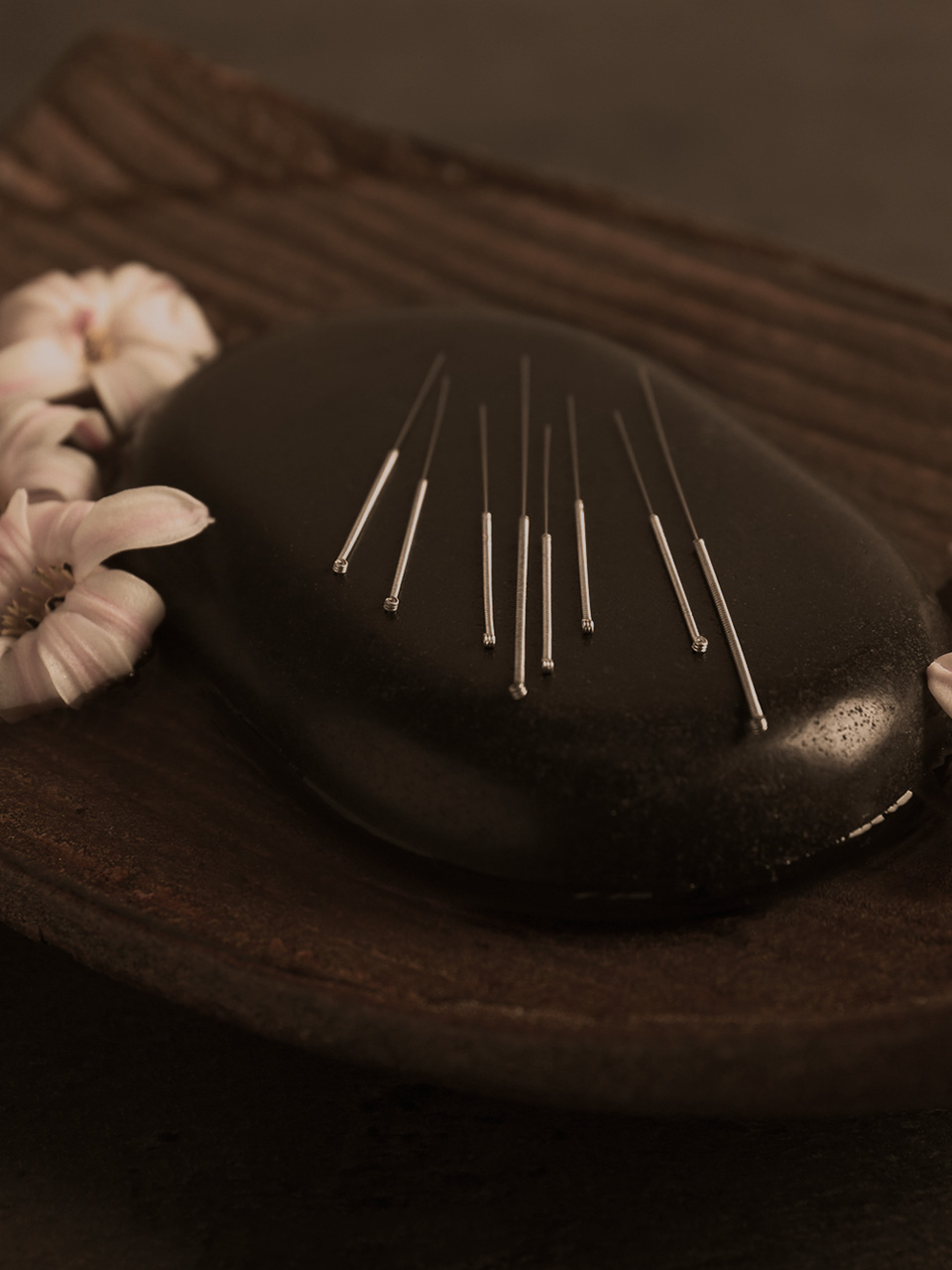
Tap to Read ➤
Acupuncture Points
Buzzle Staff


Acupuncture is based on a complex theory of body functioning. It is a treatment which involves the stimulation of certain points on the body. This story provides some information on the acupuncture points.
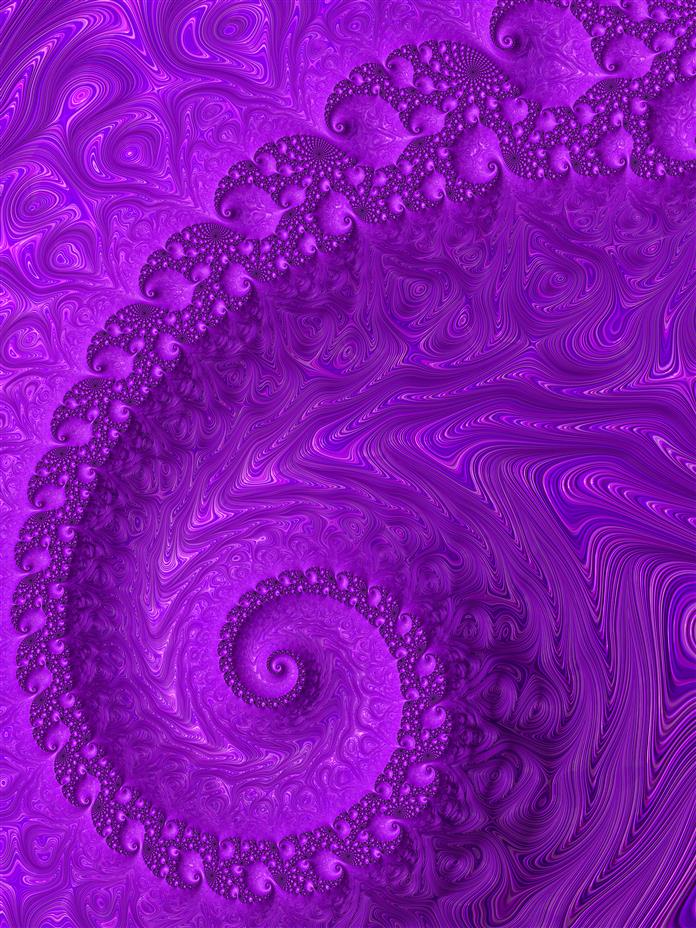
This complex theory of body functioning is very different from the western biologic approach. Briefly, it is believed that a free flow of energy passes through twelve pathways or meridians on the body. A balance of opposites also exists, known as yin and yang. A disease is believed to result from a disruption in the normal flow of this energy.
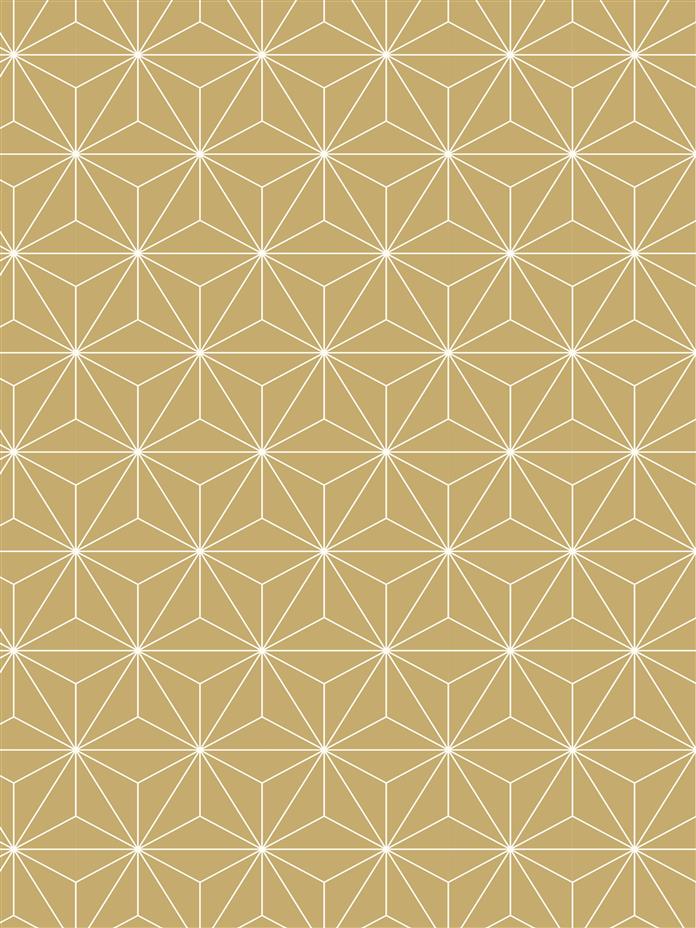
The acupuncturists believe that there are tender areas at certain points on the surface of the body, which are considered as the acupuncture points.
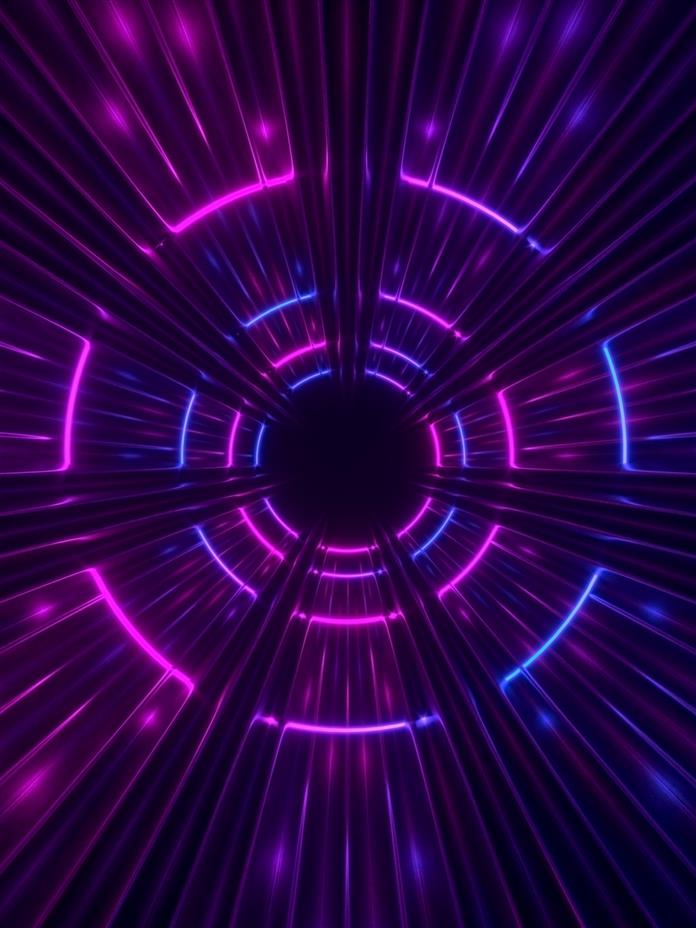
In Chinese literature, about one thousand such areas have been described - these may be even more. They may be divided into various categories, all points in each, and category having similar properties.
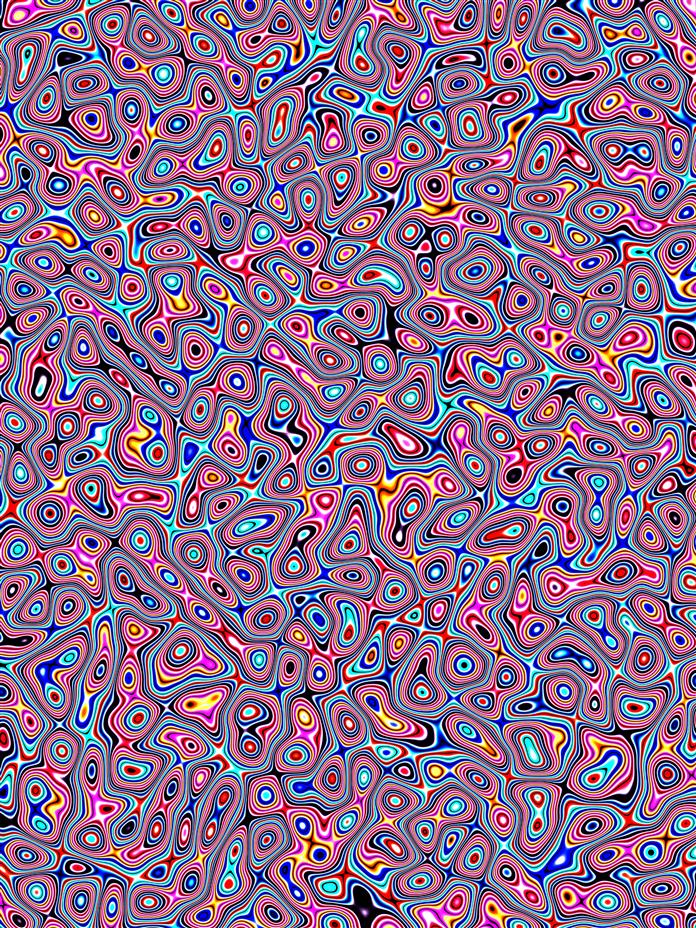
The points that are near the site of symptoms often have a greater local effect, especially in painful conditions. Those that are far away often have a greater systemic effect.
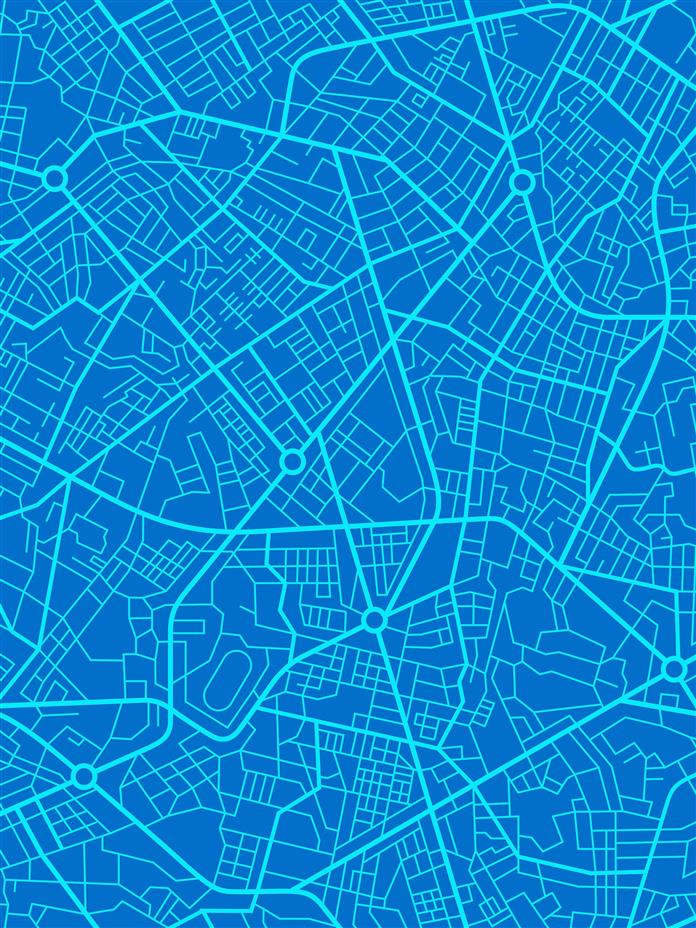
Do They Really Exist?
The question of the existence of these points has been explored in several ways:
1. By studying the unique anatomical structures
2. By studying the electrical properties of the skin
3. By studying the nerves being activated by acupuncture
4. By comparing the effects of needling at true points versus sham points
1. By studying the unique anatomical structures
2. By studying the electrical properties of the skin
3. By studying the nerves being activated by acupuncture
4. By comparing the effects of needling at true points versus sham points
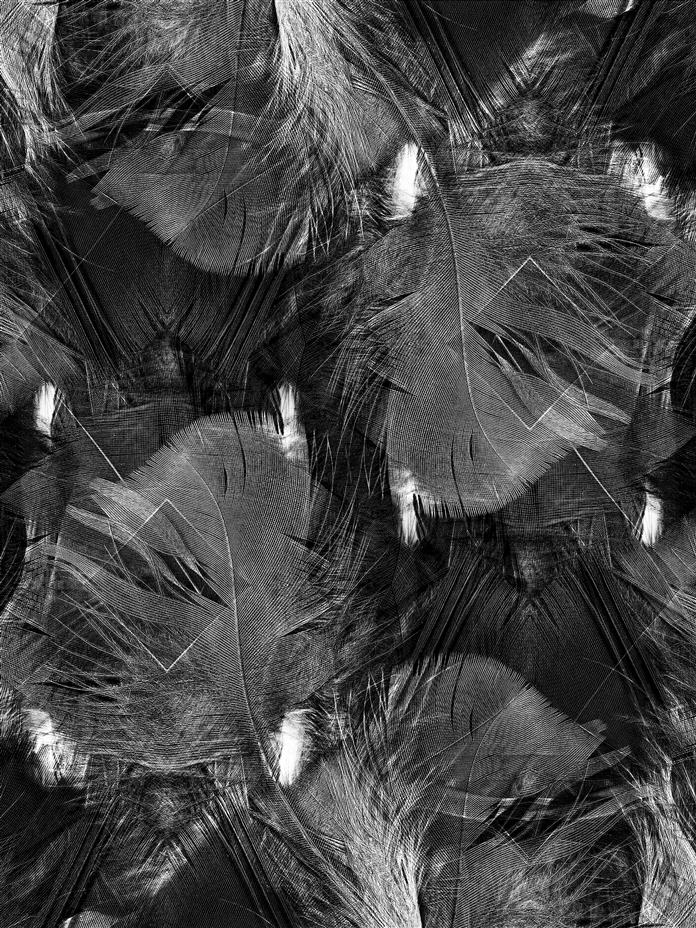
Various Ways of Stimulation
There are various ways of stimulating these points, namely, electrical stimuli, magnetic oscillations, mechanical vibrations, injections, massages, etc., besides puncturing the points with needles. There are also different ways of practicing acupuncture. The needles are made of several materials, namely: silver, alloys, stainless steel, and even gold.
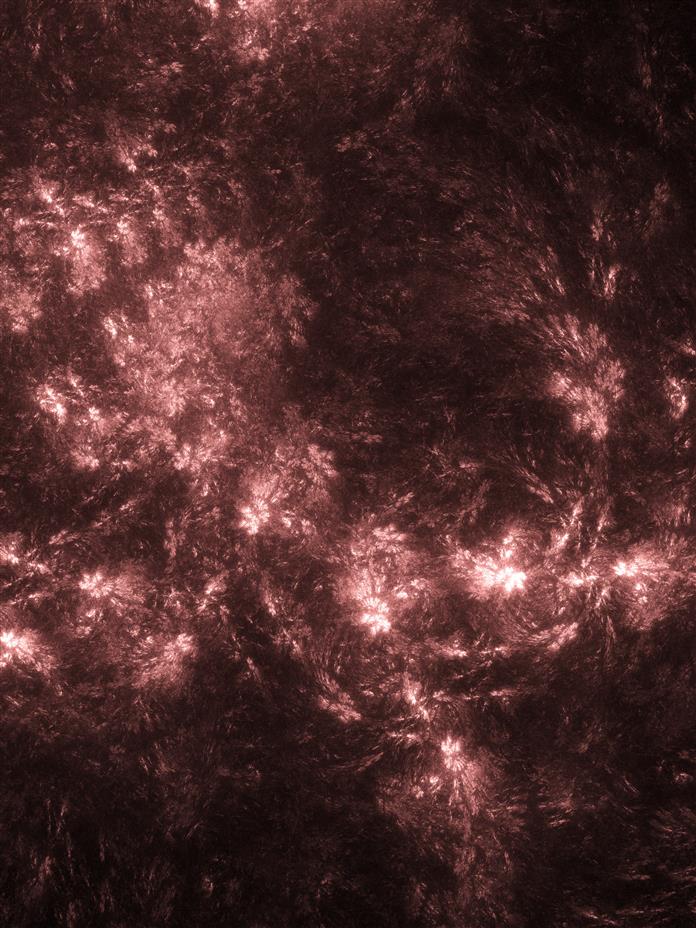
There are six meridians on the foot. The bottom of the foot has three - namely:
- Gallbladder meridian
- Kidney meridian
- Spleen meridian
- Liver meridian
- Stomach meridian
- Bladder meridian
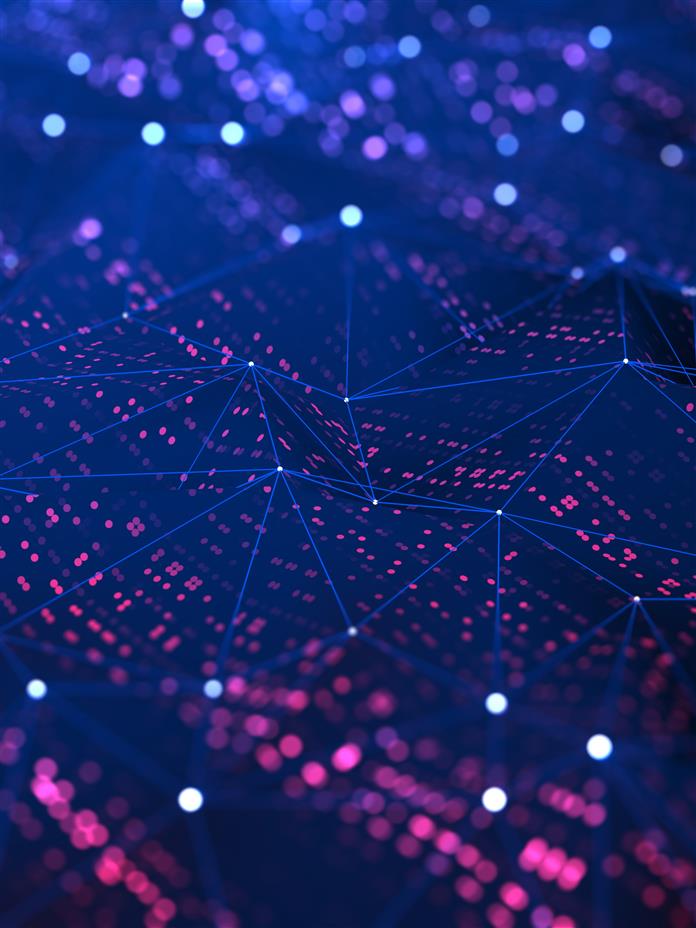
The spleen meridian starts from the big toe and the kidney meridian also has its origin in the foot. All these areas play a role in enjoying good health. The toes contain the "trigger points" for head, neck as well as for ears, eyes, heart, liver, lungs, and pancreas. The hollow of the foot has important points of abdomen, stomach, and kidneys, while the heel accommodates important points for glands and sex organs.

Palpation
Palpation of these points is aimed primarily at checking for tenderness. If a point is very tender on even superficial pressure, this indicates a full condition of that channel or local stagnation. If pressure on the point relieves a particular pain, this indicates an empty condition of that channel.

If pressure of the point initially relieves a particular pain but then causes a discomfort, this indicates a condition of mixed deficiency and excess.
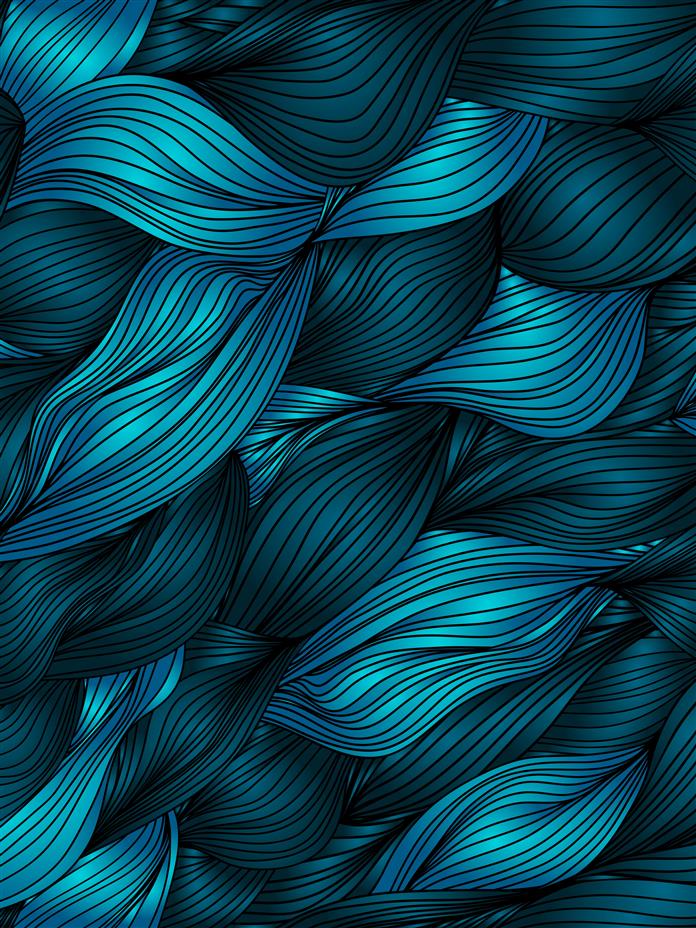
Any acupuncture point may be used diagnostically, and indeed the Ah Shi points may be used as well. However, some have a particular diagnostic significance: these are Front Collecting (Mu) points, the Back Transporting (Shu) points, and the Source (Yiam) points.
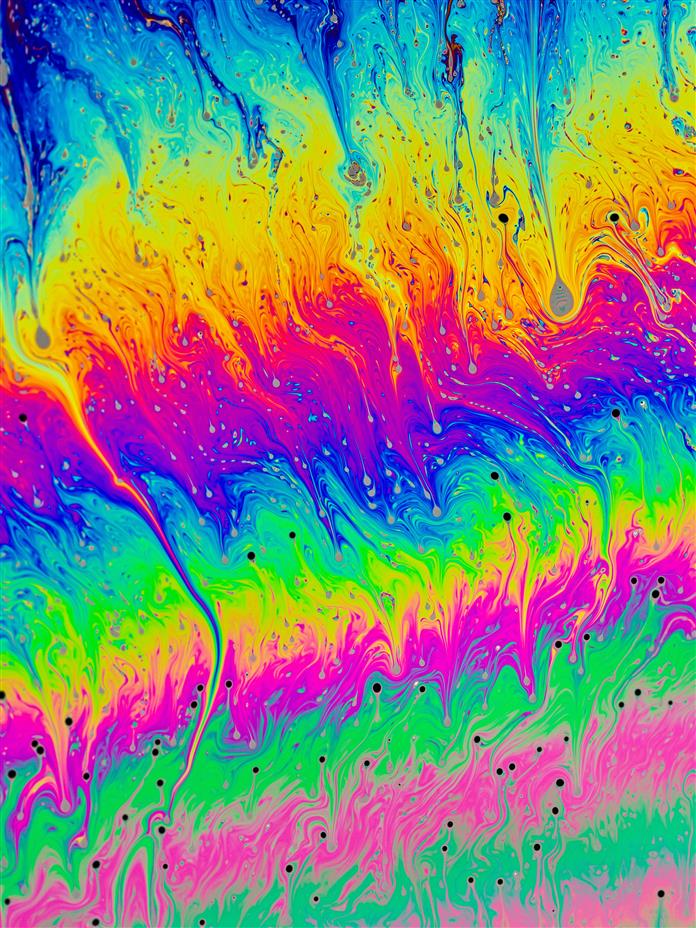
Methods of Point Location
The accurate location is very important for the success of the treatment. Several methods are used to locate the points. Every acupuncture point is located with its own specific method. Some points can be located with the help of more than one method.

Palpation of the area concerned is important because the areas mostly become increasingly sensitive to touch. Not only in the area of painful disorders of the loco motor system, but also in neurological disorders, points that are tender to pressure are found.
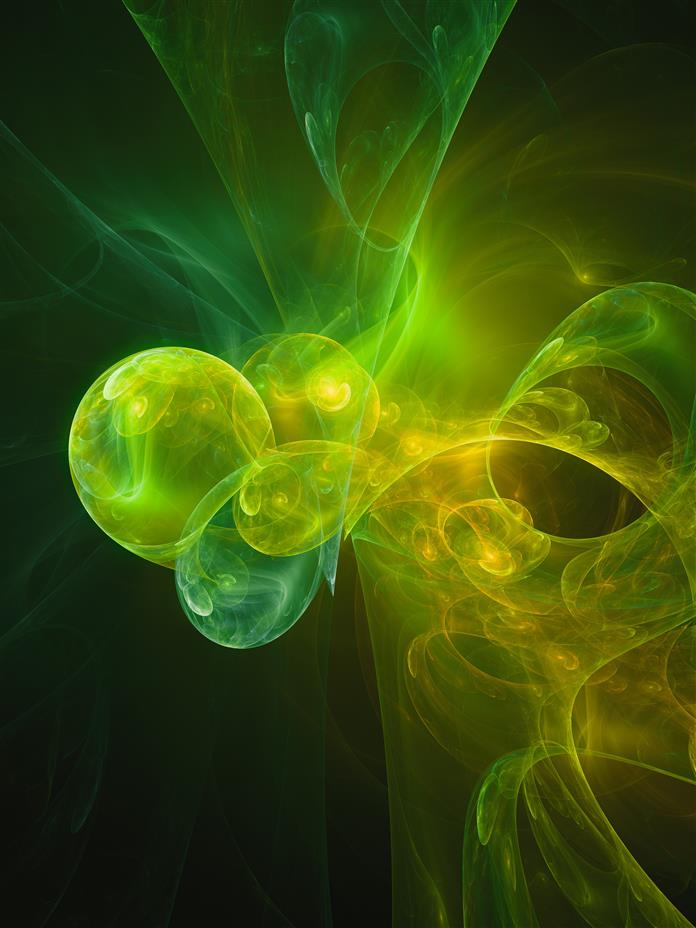
These are also needled even if they do not correspond to the classic points in their location. Such sensitive, painful, or tender points are called Ah Shi points in Chinese and are indicated as local points in addition to the specific distal points. After needling, it is useful to check the correct position of the needle, and in the event of excessive divergence, to needle once more.
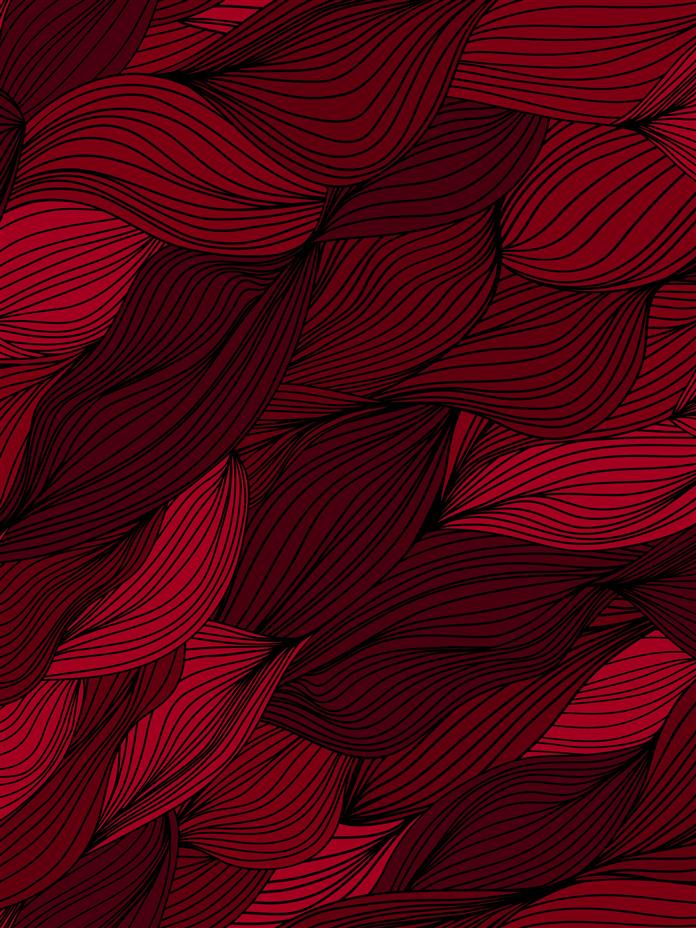
Disclaimer: This story is for informative purposes only, and should not be used as a replacement for expert medical advice.